Queen’s Platinum Jubilee: Celebrating the majesty of biodiversity in the South Downs National Park
June 3, 2022
 Biodiversity in all its weird and wonderful forms is majestic.
Biodiversity in all its weird and wonderful forms is majestic.
Yet, there are some species that are just a little bit more regal than others!
To celebrate the Queen’s Platinum Jubilee, National Park Ranger Kate Dziubinska looks at some of her favourite stately names from the flora and fauna of the South Downs.
Duke of Burgundy Butterfly
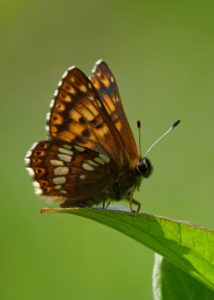
Small and orange and brown, the Duke of Burgundy is found only in central and southern England and more isolated colonies in the southern Lake District and the North York Moors. It’s a stunning butterfly with attitude and will chase off any other species including dragonflies which dare enter its territory!
Its recovery in the South Downs has been a major conservation success for the National Park.
Dame’s Violet
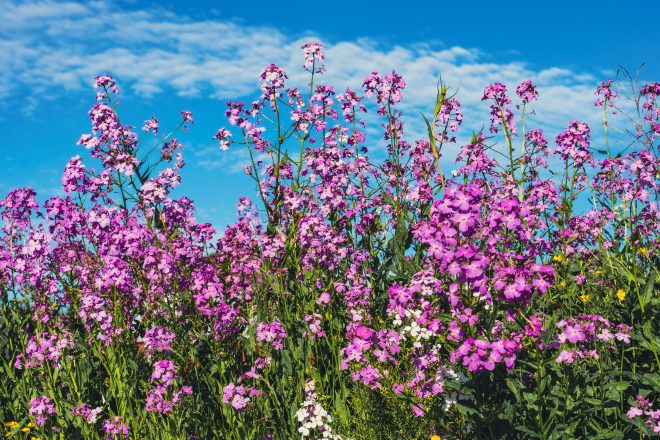
Also known as Sweet Rocket, this plant is originally from central Europe and has 15-20mm violet or white, four-petalled flowers.
This plant is named in Gilbert White’s History of Selborne, 1768-1793 ‘June 3 1792’ among other plants flowering on that day. It was also said to have been ‘cultivated by dames of baronial castles’.
King Alfred’s Cakes
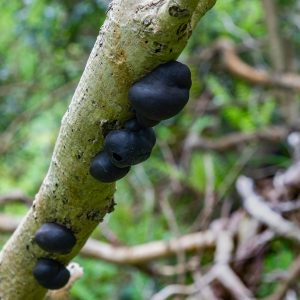
King Alfred’s cakes are named after the poor baking skills of King Alfred, who famously resisted the advance of the Danes from his capital in Winchester and, in doing so, laid the foundations for England and the English language. According to legend, King Alfred was hiding from the Danes and was given shelter by a peasant woman, who he promised to keep an eye on her cakes. As it was, he forgot all about them and they subsequently burned. It’s said he then scattered them throughout the forest to hide his mistake! This fungus can be found primarily on beech or ash and looks like lumps of smooth charcoal.
Monarch Butterfly
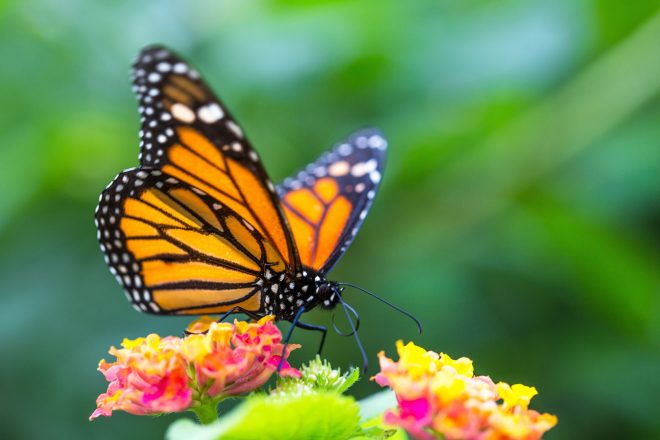
The Monarch is the largest butterfly seen in the British Isles and is also one of our rarest migrants. Known for its ability to travel large distances, the migrations in North America are one of the greatest natural phenomena in the world – where the adult butterflies can migrate from as far north as Canada to the overwintering grounds in Mexico, the west coast of California and Florida. The total number of records for the British Isles is less than 500.
Crowned Earthstar Mushroom
Earthstars sprout across the UK in autumn and are among Britain’s most bizarre-looking fungi. The crowned earthstar is often found in hawthorn hedges and its short-stalked spore sac reaches a height of between 5 and 7cm. Earthstars are inedible, and some are poisonous, so purely for admiring and taking pictures of!
Queen Anne’s Lace
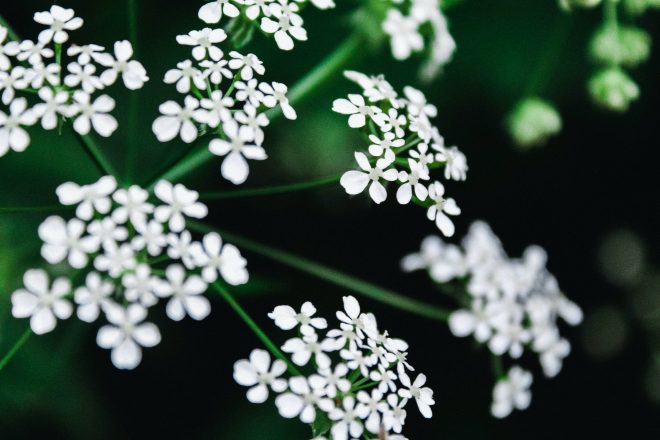
A true roadside stunner, this wildflower is more often known as cow parsley. It’s a hardy plant popular with pollinators and grows just about anywhere.
Its quirky name harks back to a folk tale that the flowers would bloom for Queen Anne and her ladies in waiting and reflect the delicate lace they wore.
Kingfisher
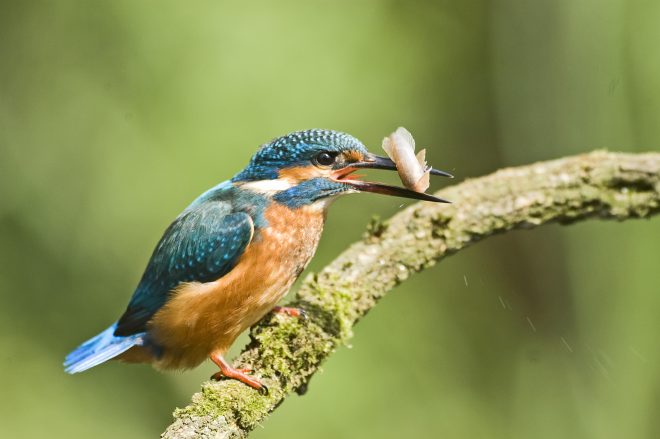
Could a bird look more majestic?
The Kingfisher’s beautiful, metallic blue and orange plumage stands out prominently, and its fast, swooping motion is incredible as it dives towards water to collect fish. A truly royally resplendent resident!
Do you have a favourite majestic creature in the South Downs? Do let us know!
To find out more about the National Park’s campaign to create more space for nature – a whopping 13,000 hectares of new habitat – check out our #ReNature pages
